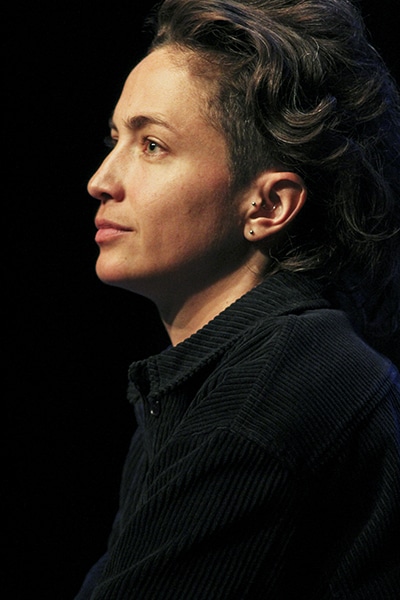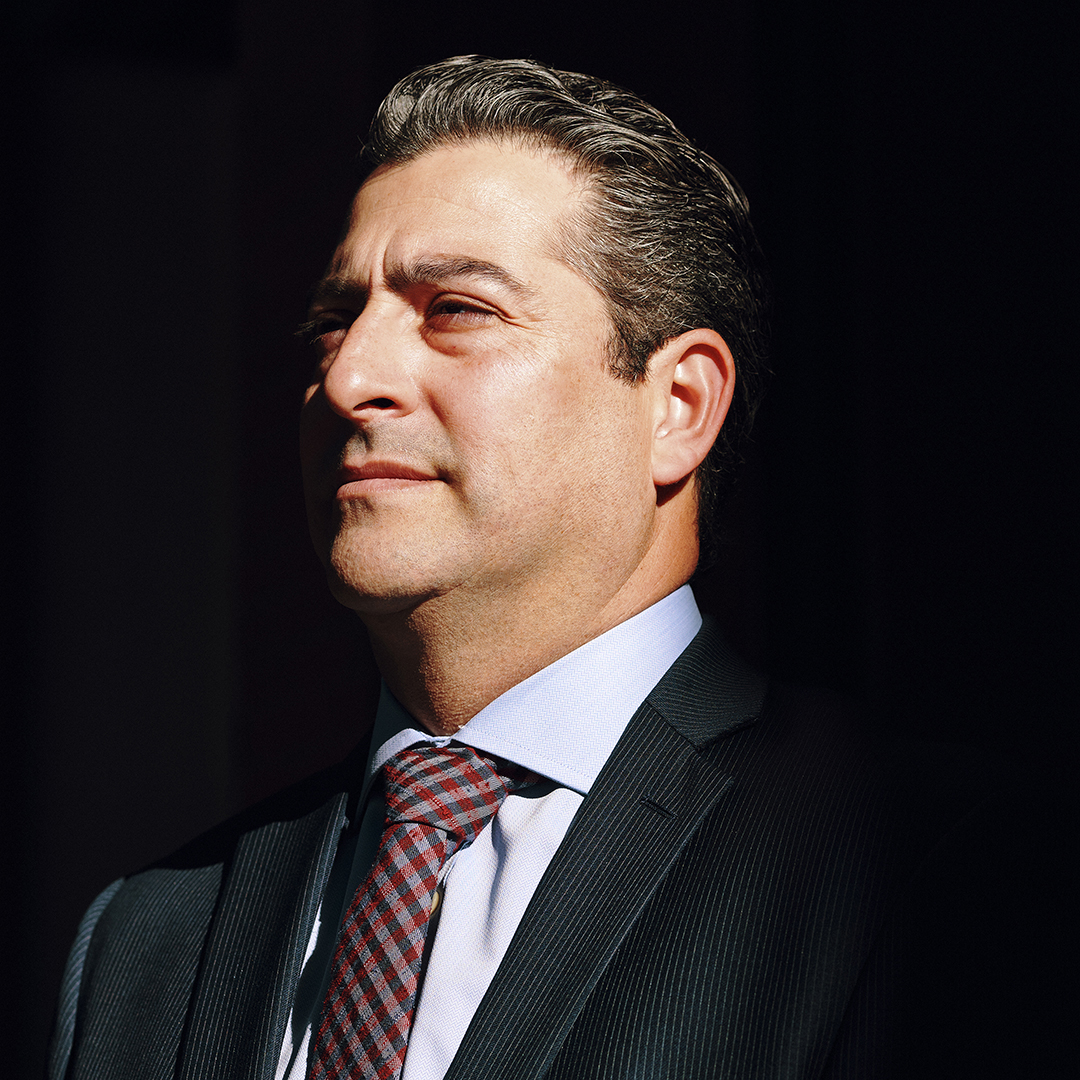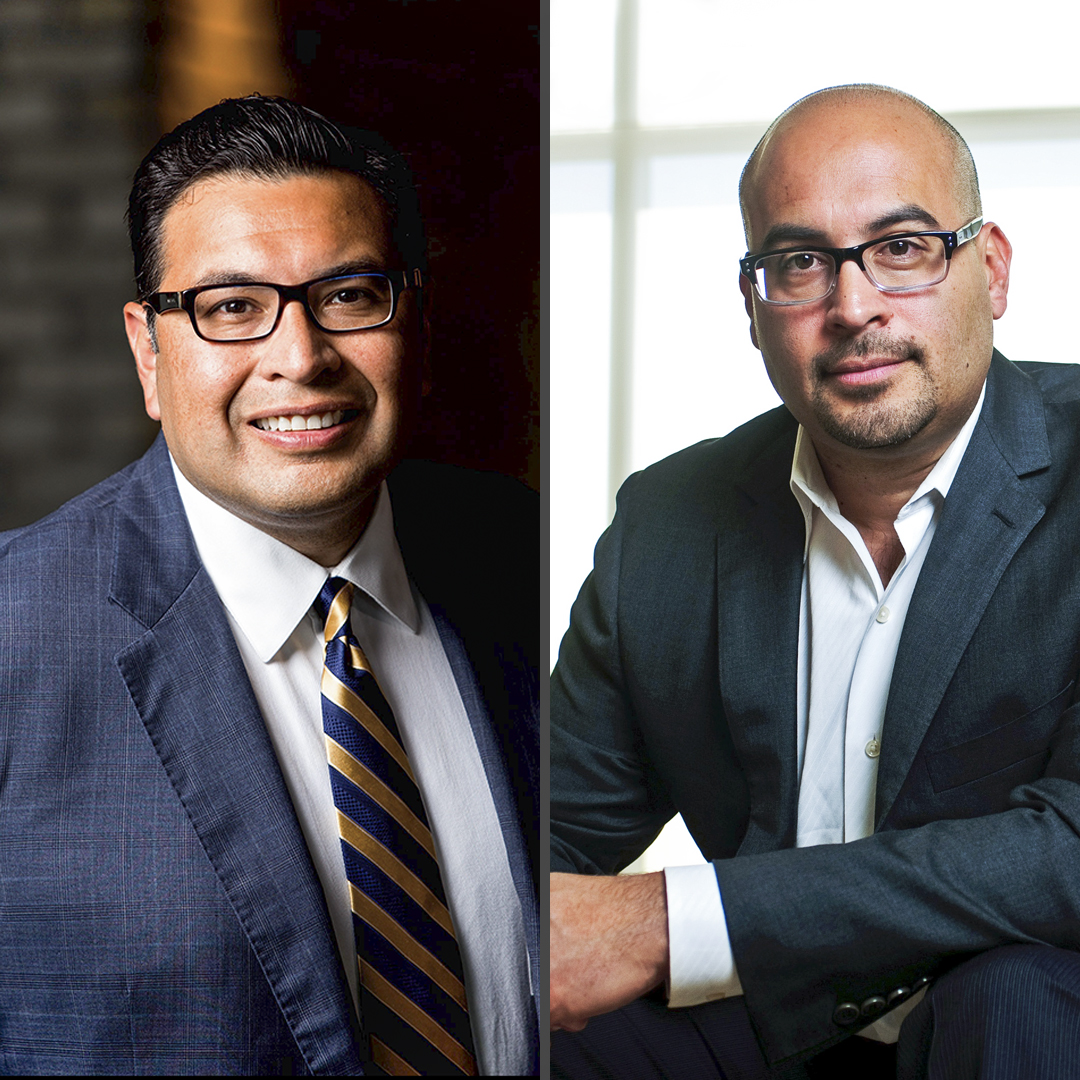|
Getting your Trinity Audio player ready...
|
Paola Ramos didn’t intend to become a prominent voice for the Latinx community. She didn’t set out to become a de facto storyteller for those who have been ignored for decades, for centuries. But that’s kind of the point. Whether focusing on Latinx drag queens who are working to battle an HIV epidemic in a Texas border town, trans migrants fighting to get their families out of border detention centers, or the dozens of stories of the oft-forgotten Latinx populations of Midwest America, Ramos is important because of the exposure she gives to an influential population.
And considering that she believes the upcoming presidential election to be the most important of her lifetime, she’s more motivated than ever to help the country’s second largest voting bloc better realize that it’s time to amplify its collective voice.
Storytelling with Purpose
It’s pretty easy to say storytelling is in Ramos’s blood. She is the daughter Jorge Ramos and Gina Montaner, the former being one of the most recognizable names in American Spanish language broadcasting, and the latter being a journalist and managing editor at Telemundo 51 in South Florida. Ramos’s own desire as a forward-thinking storyteller collided head-on with the first term of the Obama administration and her passion for political advocacy. “I graduated [from Barnard College] right when Obama got into the White House and that sparked my interest in wanting to get involved and be part of that movement,” Ramos says. “Since then, I’ve stayed in politics.”

Photo: Julio Gonzalez Nuño
Ramos was a political appointee during the Obama administration and played a part during his 2012 reelection campaign. During Hillary Clinton’s presidential campaign in 2016 she was the deputy director for Hispanic media. Suffice it to say, she’s been around the block. And in 2020, Ramos says the stakes couldn’t be higher.
“For many communities out there, it is kind of a life and death scenario,” she explains. “This community has been the number one target of the current administration. Even during [the COVID-19 quarantine], ICE continues to do their raids, the wall is still being constructed, folks are still in detention. Here in New York, four out of ten Latinos have already lost their jobs because of [the pandemic]. It just doesn’t end.”
Even though the Latinx community too often feels unified as a collective target—and isn’t heard enough outside of the national discussions on immigration and race—Ramos has built her career on celebrating the uniqueness and variety of the culture. Her work for Vice documents various subcultures and niche Latinx communities—much like those in contemporary white society—to help better contextualize a community that shouldn’t be singled out by its heritage.
Ramos’s upcoming book, Finding Latin-X: In Search of the Voices Redefining Latino Identity, was written to further that multipart narrative. “The idea is to understand the Latinx movement and hopefully help redefine what it means to be Latino,” Ramos says.
The cross-country road trip she set out on to provide subject matter for the book included stops in California’s Central Valley, as well as parts of the South, Midwest, and East Coast. Ramos conducted interviews with women’s rights activists at the border, for example, as well as indigenous communities in the Deep South that stretch back three generations. “It was a road trip to discover what it means to be Latino,” Ramos says. “From older generations to young people: I conducted so much field research and in-person interviews. It was amazing.”

Set for release just prior to the 2020 presidential election, the book will aim to continue the conversation about the roles Latinx communities and individuals play in a society that too often ignores them until a political scapegoat is needed.
Defining Latinx
In hoping to better understand the Latinx movement, Ramos says her own story of self-discovery was an important starting point. “I think that’s part of the reason I’m so tied to the term ‘Latinx,’” Ramos explains. “It was the first time I felt that a word completely represented me. Not just because I’m Latina or queer or the daughter of immigrants, but because I think it reflects a maturation. It allowed me to be myself, all at once, without apologies.”
Ramos is keenly aware that it was a privilege to grow up in a progressive household that allowed her to wrestle with her own self-discovery—a privilege that many are not granted in the same way. But perhaps that’s one reason why she commits herself to helping others share their stories.
“I think when Latinos are talked about in the media, many people try and put us in a box and think that our stories are only meant for a Latino audience,” Ramos explains. “It’s really important to me to make sure that in telling these stories, we’re reaching Americans across the board.”
In doing so, Ramos hopes that non-Latinx may be able to see a glimmer of themselves. “A person in the Midwest may seemingly think they have nothing in common with a drag queen on the border,” Ramos says, with a laugh. “But person-to-person, these are emotions and feelings. We all share a lot of that in common, and it’s so important to make that connection with people.”
That’s doubly important when considering just how many Americans are exposed to Latinx culture and how the ways in which Americans process that exposure too frequently skews xenophobic. “Yes, some Latinx are undocumented,” Ramos says. “But they’re also serving in executive positions. I think once people understand the true meaning behind Latinx, it should make you feel proud of who you are and not be afraid of that X.
“I think the biggest problem with that term often comes from Latinos themselves. We’re in that stage of just educating ourselves and seeing each other face-to-face for the first time and being OK with it.”

